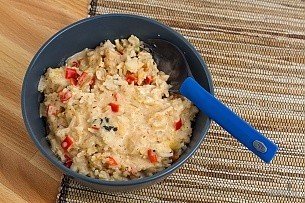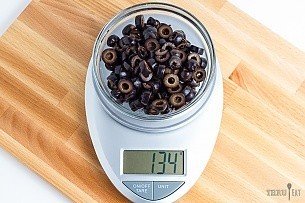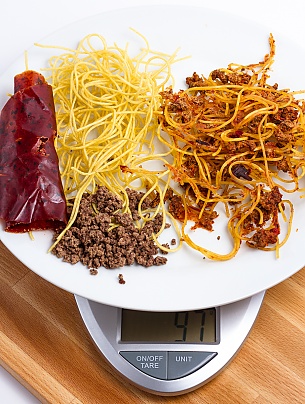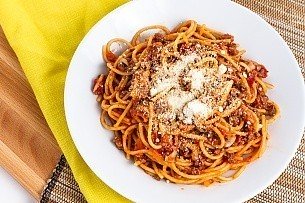In a word, YES.
One of the goals of making your own backpacking food is cost. It's significantly cheaper to make your own food than it is to buy something already prepared. While we don't recommend going broke or into debt for a dehydrator, in a sense, it's an investment. An investment in your health and your taste buds.
Excalibur dehydrators are as their name suggests, legendary. You can get a cheap Nesco, Presto, etc, etc, at a fraction of the price but none of them will dry as fast or handle as much volume. There's just no beating the back-to-front airflow design of the Excalibur, and the 15"x15" square trays don't have a hole in the center which equates to a substantial incrase in surface area. It's very popular amongst homesteaders and gardeners who rely on it to preserve their harvest and stock up for the season to see them through tough times—it's a beastly work horse, plain and simple.
If you're not planning to make a tremendous amount of food all at once, I'd recommend the 5 tray Excalibur #3500B (without a timer). It's one of the most affordable models and just the right size for dehydrating 6-7 servings of food. I have the same model but with the timer and I never ever use it; things can't get over dried so it's a non issue with leaving it on. If you've got room to spare, and a permanent place to keep it (because they're pretty heavy and you probably don't want to move it often) then the 9 tray Excalibur #3926TB (with timer) is a no brainer. This is good if you have a garden or purchase lots of seasonal items and need to bulk dehydrate food, but be aware that it's going to take up quite a bit of space.
If you absolutely can't justify the cost of an Excalibur, get the next best thing (and incidentally, the #1 selling), the Nesco Snackmaster Pro FD-75A. Avoid cheaping out where it matters, especially the ones below $50. It'll save you a lot of time and frustration when you don't have to constantly rotate trays or reload multiple batches of food.




